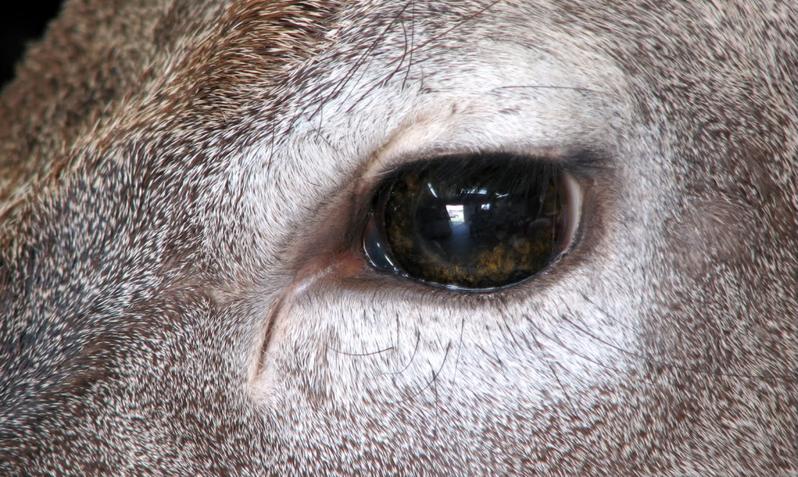Field Care
The two most important items to consider after you have harvested your specimen is temperature and abuse to the fur, hair or feathers.
A list of things that should be done shortly after the harvest.
1. Consider the temperature. Note; is the temperature suitable to sustain your specimen?
If you would not worry about eating a steak left outside for 24hrs in your current temperature you should have no worries.
2. Protect your specimen. One of the most common problems taxidermist encounter is drag marks. Hair loss caused by dragging your animal out of the woods. Do not drag your animal by the rear legs. Drag by the head and hold the shoulders up off the ground. Better yet carry when enough help is available.
3.Do not wash your animal until after the cape/hide has been removed. Blood will cause less problems than water. Water promotes bacteria growth.
4.Avoid direct sunlight when hanging your animal. Even in suitable temperatures direct sunlight can promote bacteria growth.
5.Freeze cape and head as soon as possible after harvest.
6. Animals such as bobcat, fox etc. that will be lifesize mount need not be dressed. Simply bag
and freeze whole.
Caping for shoulder mount
Caping by inexperienced people or uninformed persons is a gamble you should not take with your hard won trophy. 90% of the capes we have to replace are inadvertently ruined by well intended sportsmen. Most common problem is cape cut to short. The best insurance is to leave the complete hide intact.
A gamble free way of not damaging the cape is as follows; Hang by rear legs.
Cut the front legs off at the knee. Leave entire hide intact. Skin down past shoulders. Cut shoulders off of carcase and pull out of leg skin. Continue to skin toward head until 3 to 4 inches of neck remain. Cut neck at this point and the taxidermist will finish the rest.
Complete tutorial with photos will be available soon on this page.
